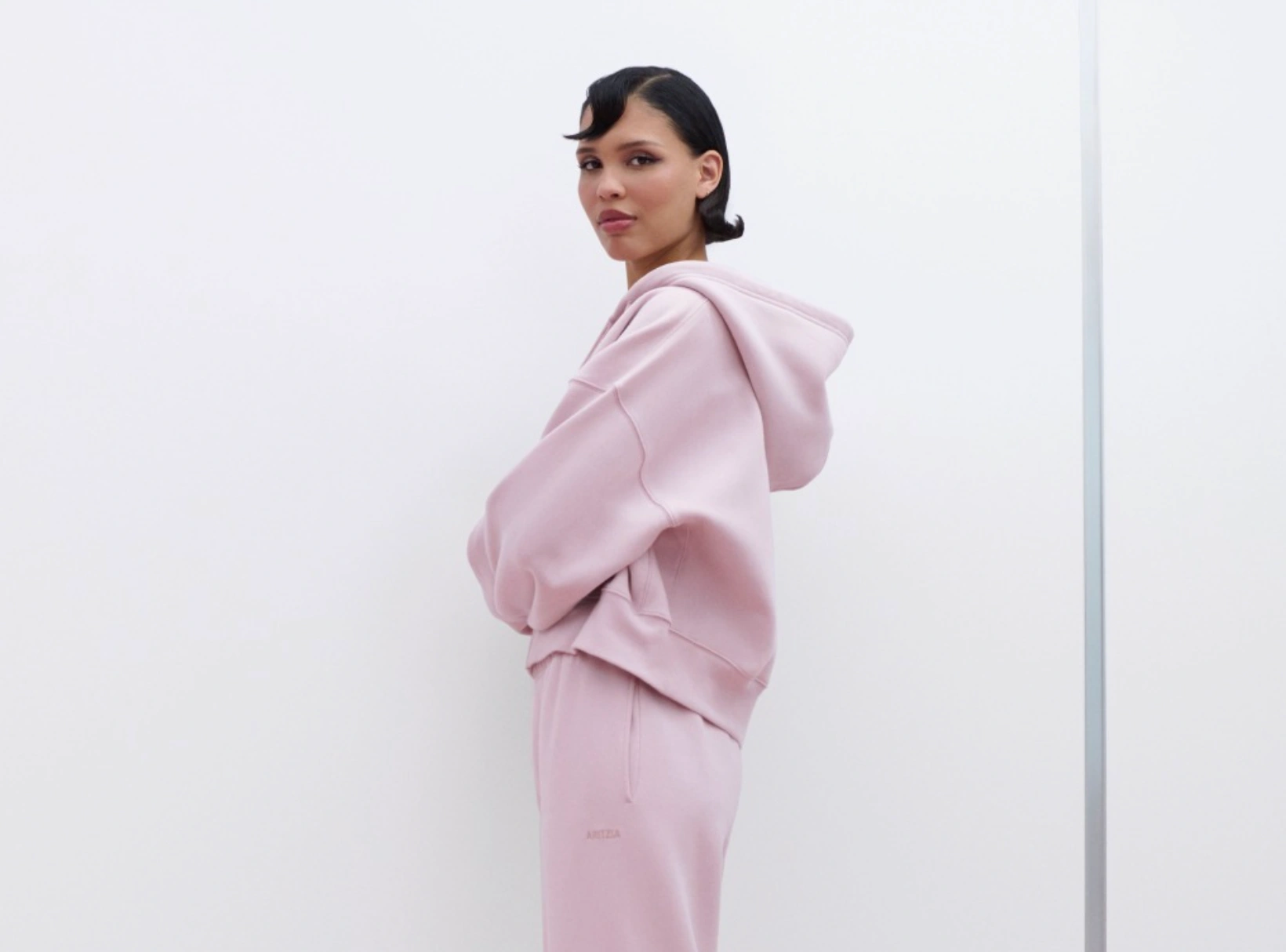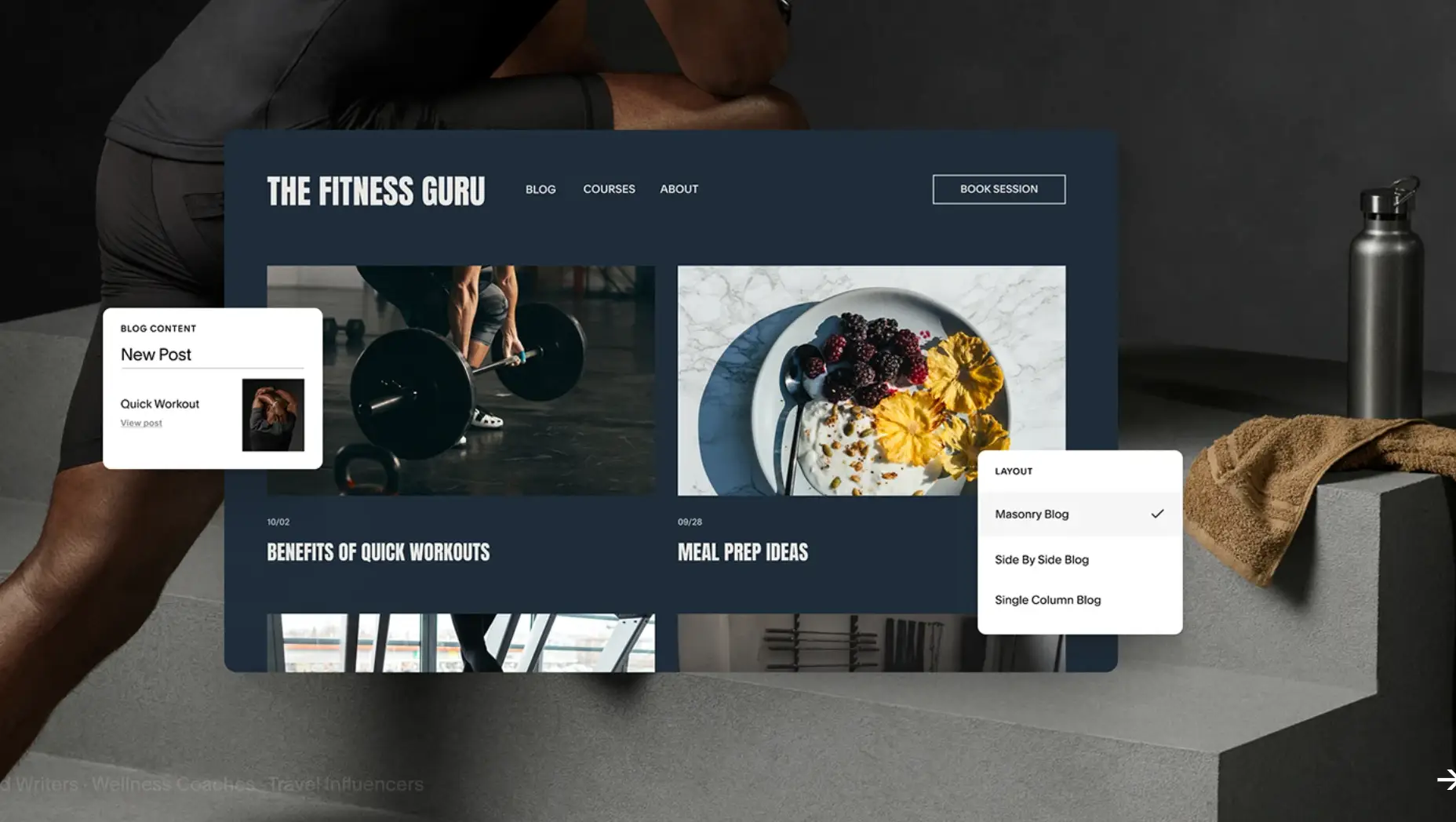Aritzia Marketing Strategy 2025: Brand, Advertising, Growth
Updated on
Published on

As a Canadian-founded fashion boutique that blossomed into an international phenomenon, Aritzia’s strategy has traditionally shunned flashy ads in favor of organic growth and curated in-store experiences. Aritzia has turned a focused retail strategy into sustained momentum. The company reported net revenue of C$2.74 billion in fiscal 2025, with the United States at 58 percent of total revenue and three brand-propelling flagships opened across New York and Chicago (Aritzia Annual Report). Using a 2025 average of ~0.715 CAD→USD, that’s roughly US$1.96B (OFX yearly averages).
At a glance
- Net revenue at C$2.74B in FY2025 signals that Aritzia’s combination of boutique expansion and strengthened digital performance is translating directly into top-line growth, rather than producing only brand heat without revenue follow-through (Annual Report).
- Channel mix of Retail C$1.79B and E-commerce C$951M shows that stores remain the center of gravity while the website captures repeat, post-discovery orders, which is exactly how a flagship-led flywheel should operate in apparel (Annual Report).
- US share at 58 percent confirms that the strategy is oriented to the world’s most competitive fashion market, where high-impact neighborhoods can double as media stages for product and in-store experience (Annual Report).
- Boutique count at 130, with 12 openings and 3 repositionings underlines that network planning is active and selective, balancing brand visibility with payback discipline at the site level (Q4 MD&A).
- Comparable sales up 11 percent for the year suggests the assortment and storytelling are resonating beyond new doors, which is critical for margin quality and inventory health (Press release).
Methodology
- We prioritized the FY2025 Annual Report, Q4 MD&A, and official press releases for financials, store footprint, and management commentary, then layered in reputable fashion and business publications for campaign specifics and third-party context (Annual Report; Q4 MD&A; Press release).
- CAD remains the house currency to reflect how Aritzia reports, with a single USD contextualizer up top using publicly available 2025 average references so international readers can quickly orient on scale (OFX; Bank of Canada).
- The scope covers 2023 to 2025 campaigns, the US expansion cadence, and the channel mix, then ties these items to positioning and margin logic so brand storytelling and financial outcomes are discussed in the same frame.
Aritzia Marketing Strategy Explained
The strategy blends destination retail with performance-minded digital and a creative identity that reads more editorial than promotional. New boutiques in SoHo, Fifth Avenue, and Michigan Avenue do more than increase square footage; they place the brand inside the urban conversations where fashion is discovered, photographed, and posted in real time. On the digital side, personalization efforts align with how modern customers browse and buy (Aritzia Annual Report; Vogue Business).
- Flagship expansion creates a halo for the entire network, lifting awareness while giving journalists and creators a physical backdrop that photographs well, which is a quiet but powerful part of modern brand building (Vogue Business).
- Creator partnerships and press-ready storytelling ensure that campaigns feel like culture coverage rather than ads, which is why they travel across fashion media and social without relying on heavy discounting to earn attention (Aritzia Media Room).
- Disciplined product architecture and limited third-party distribution keep margins clean and positioning clear, so the brand can say no to channels that dilute the experience and yes to formats that make the clothes feel premium and intentional (Annual Report).
- Increased marketing investment has been directed toward traffic that is more likely to convert, which is visible in the acceleration of US digital revenue late in the year (Q4 MD&A).

Aritzia Advertising
Aritzia’s best campaigns feel like magazine features that happen to move product. The creative tone is clean and tactile, which lets fabric, fit, and casting carry the story rather than loud price cues or heavy headline copy.
- Babaton with Pamela Anderson (Fall 2023) adopts a confident tailoring narrative that fit naturally into fashion coverage, which is why it turned up in editorial roundups rather than living only in paid placements (Elle).
- Work Wardrobe with Alex Consani (Feb 2025) built a cheeky “Alex Consani HQ” around a sharp office edit, pairing BTS-style social with an owned hub that packaged the world neatly for shoppers and editors alike (Elle; Aritzia site; Refinery29).
- Sweatfleece with Nara Aziza Smith (Aug 2024) leveraged a TikTok-native “Institute for Soft Science” concept, letting a calm, process-oriented creator translate comfort and materials into a vibe that audiences wanted to share (Nylon; Essence; The Impression).
Creator And Celebrity Flywheel
Aritzia pairs editorial storytelling with talent that already shapes culture, then steps back and lets the press and social internet multiply the reach.
- Kendall Jenner x The Super Puff (2018) is a textbook example of how one well-timed shot can become a meme, push a product into mainstream feeds, and give a category a new identity for an entire season. Coverage spilled from fashion press into entertainment outlets, which kept the look circulating long after the initial post (E!; Who What Wear).
- Nara Aziza Smith x Sweatfleece (2024) shows how creator reputation matters as much as reach; her calm, from-scratch style made the comfort story feel authentic, so editors amplified it organically across fashion and culture publications (Nylon; Essence).
- Alex Consani x Work Wardrobe (2025) demonstrates how an owned destination can extend a campaign’s life, since the “HQ” hub keeps the narrative shoppable and linkable even after the initial press cycle cools (Aritzia; Elle).

Super Puff And “Super World”: Product-Led Universe
The Super Puff is more than a jacket line; it is a world with its own retail footprint and content surface area. By giving the category a dedicated stage, Aritzia keeps the story alive beyond winter and makes product discovery feel like entertainment.
- Owned destinations such as Super World and the SoHo boutique concentrate the entire “Supers” family into an immersive space, which helps customers move from seeing a look on social to trying exact variants in person without friction (Aritzia Super World; Aritzia SoHo store; GFP Real Estate lease news).
- Assortment depth across lengths, fills, and waterproof treatments lets the brand speak to multiple climates and style identities while protecting the design language that makes a Super Puff instantly recognizable (Super Puff hub).
- Press and memetics keep the category culturally charged, as the Jenner moment proved; once a look becomes shareable shorthand, the campaign’s shelf life effectively extends through the season (E!; Teen Vogue).
Workwear Momentum: The Office-Siren Shift
Aritzia’s tailoring lineup and “back to office” edits are presented like magazine features, which is why shoppers treat the content as style guidance rather than just product pages. Flagships then complete the loop, because fit, drape, and fabric are persuasive in person.
- Work Wardrobe with Alex Consani framed blazers, trousers, shirts, and trenches with a playful office narrative, a format that turned a practical category into something aspirational, and the owned hub made it easy to browse by mood or piece without losing the story’s tone (Aritzia; Elle; Refinery29).
- Role of flagships in New York and Chicago is to be the tactile counterpart to all of that content, so a shopper who falls in love with a silhouette online can confirm fabric and tailoring in person, then return to the site for seasonal refreshes and reorders that lift lifetime value (Annual Report; Vogue Business).

Product Heroes Beyond Outerwear: The Effortless Pant
The Effortless Pant became a corporate-core staple precisely because it solved a daily problem with elegance and breadth. Multiple fabrics and length options let more body types get the same polished effect, and social proof turned personal recommendations into a rolling wave of try-ons.
- Viral adoption on TikTok brought the pant into office wardrobes with unusual speed, and coverage highlighted how breadth in fits and fabrics lowered the risk of ordering a tailored piece online, which is often the friction point for this category (WSJ; PureWow).
- Global comparison pieces positioned Aritzia at the premium end of the workwear spectrum, which clarified the brand’s lane and made value judgments easier for shoppers comparing between continents and price tiers (Business Insider).
- Owned proof points on product pages, including fabric stories like Crepette and sizing guides, reduce uncertainty, which in turn supports lower return rates and stronger second-purchase behavior (Super Puff fabric example to illustrate detail depth).
Aritzia Brand Positioning
The brand lives in everyday luxury, where design feels intentional and the experience is calm, tactile, and confident. By keeping distribution tight and storytelling refined, Aritzia preserves a premium feel even as it scales.
- Target customers are style-conscious shoppers who want elevated essentials with enough novelty to refresh a wardrobe without chasing micro trends every week.
- Distribution is centered on owned boutiques and the owned site, with limited third-party exposure to safeguard experience and margin integrity (Annual Report).
- Price architecture layers seasonal statements over proven programs, so newness excites while core pieces keep the business stable and predictable across quarters (Annual Report).

Aritzia Business Model
This is a vertically integrated retailer that balances memorable stores with a scalable website. The mix provides resilience, because discovery can start anywhere, but the brand retains control of pricing, presentation, and customer data across the journey.
- Channel mix in FY2025 of Retail C$1.79B and E-commerce C$951M reflects a healthy split for a store-first apparel brand that wants digital to be an amplifier rather than a crutch (Annual Report).
- Margin drivers include tighter inventory, fewer markdowns, and better initial markups, all of which are easier to maintain when the customer believes in the product and the story that surrounds it (Annual Report).
- Store economics remain disciplined, with many in-line boutiques beating 12 to 18 month payback expectations, while flagships focus on awareness and discovery that spill into the rest of the network and the site (Q4 MD&A).
- Digital growth accelerated late in the year, with Q4 FY2025 e-commerce net revenue up 42.4 percent year over year to C$378.1M, which is a strong validation that paid and owned efforts are finding higher-intent audiences (Q4 MD&A).
Aritzia Growth
Growth is concentrated in the United States, and the playbook recognizes that certain streets function like media channels. When a flagship opens in a neighborhood where cameras live, the brand earns impressions it did not have to buy, and nearby markets feel the confidence ripple.
- US net revenue near C$1.58B and 58 percent of total shows how central the market has become to Aritzia’s identity and future planning, from assortment decisions to store design (Annual Report).
- Flagships in SoHo, Fifth Avenue, and Michigan Avenue anchor the brand in locations that are as photogenic as they are commercial, which supports both tourist traffic and local regulars who want a premium routine (Vogue Business).
- Watch-outs for 2026 include capital intensity on large builds, the need to keep creator calendars fresh, and the balance between novelty and replenishment so core programs never feel neglected (Annual Report).

Outcomes And Signals To Track
- Digital lift with focused marketing continues to be the headline, with Q4 e-commerce growth outpacing the year and full-year online sales at C$951M, which confirms that traffic quality and site experience are improving rather than merely getting louder (Q4 MD&A; Annual Report).
- US concentration with 130 boutiques and active relocations indicates that network design remains a lever for growth, not just a cost center, and third-party coverage is increasingly framing Aritzia as a North American growth story rather than a Canadian export that happens to sell abroad (Q4 MD&A; FashionNetwork).
FAQ
When was Aritzia founded?
Aritzia was founded in 1984 in Vancouver by Brian Hill, and the company’s own history timeline offers a useful view of how the boutique ethos has evolved with each decade while keeping a consistent point of view (Aritzia — Our History).
What is Aritzia’s business model?
Aritzia is a vertically integrated retailer that sells primarily owned brands through its boutiques and website, with limited third-party partners to protect pricing power and presentation control (Annual Report).
How does Aritzia position its brand?
The positioning lives in elevated everyday apparel with a design-led, premium yet approachable feel, delivered through immersive stores and a clean digital experience that keeps attention on fabric, fit, and construction (Annual Report).
What to watch next
If Aritzia keeps pairing flagship visibility with steady improvements in personalization and a thoughtful creator calendar, the brand can protect full-price sell-through while entering new US neighborhoods with confidence. The priority is simple to describe and complex to execute: open doors that earn attention without overextending capital, keep the product stack tight so replenishment stays strong, and rotate talent in ways that feel fresh to loyal shoppers and first-time visitors at the same time (Vogue Business; Annual Report).







